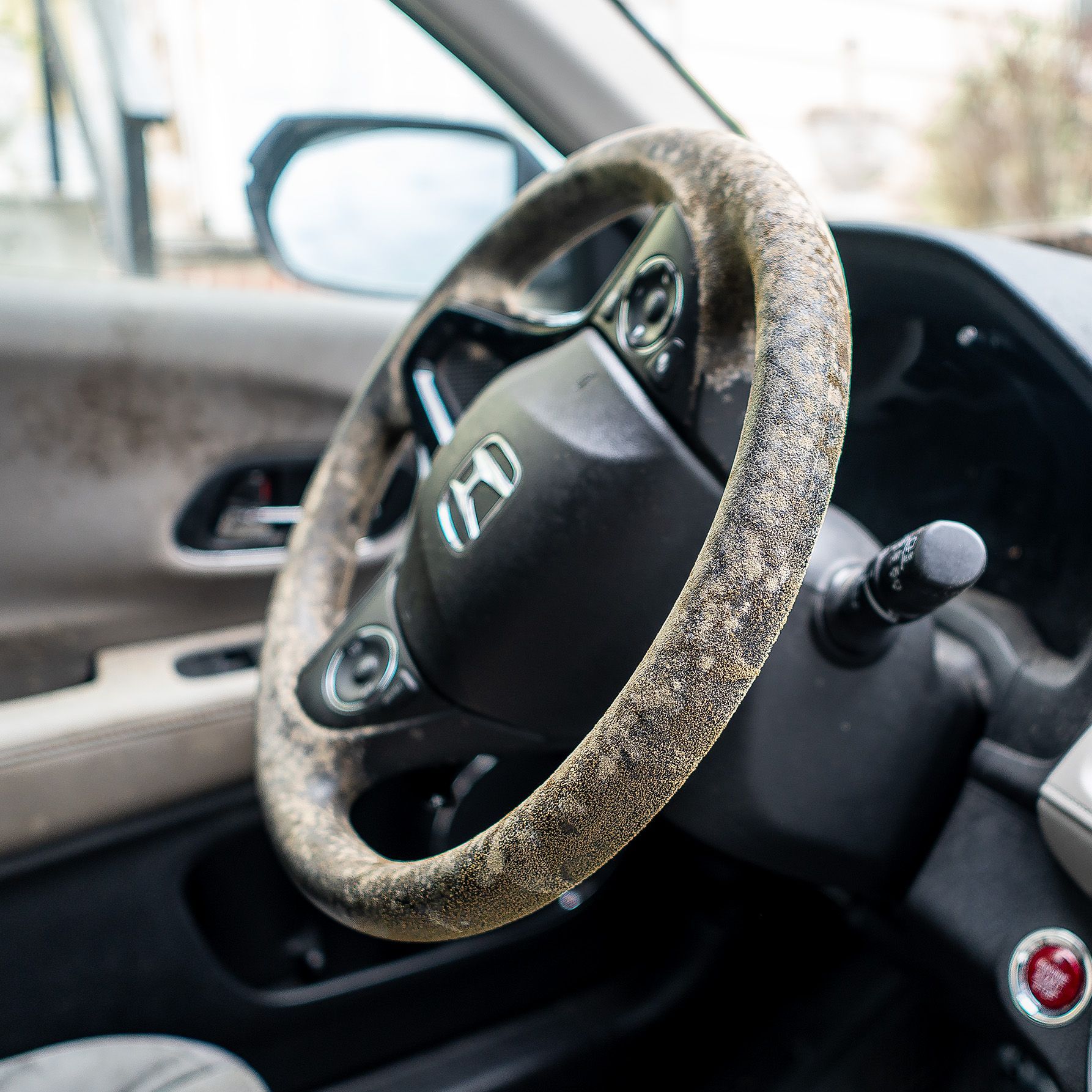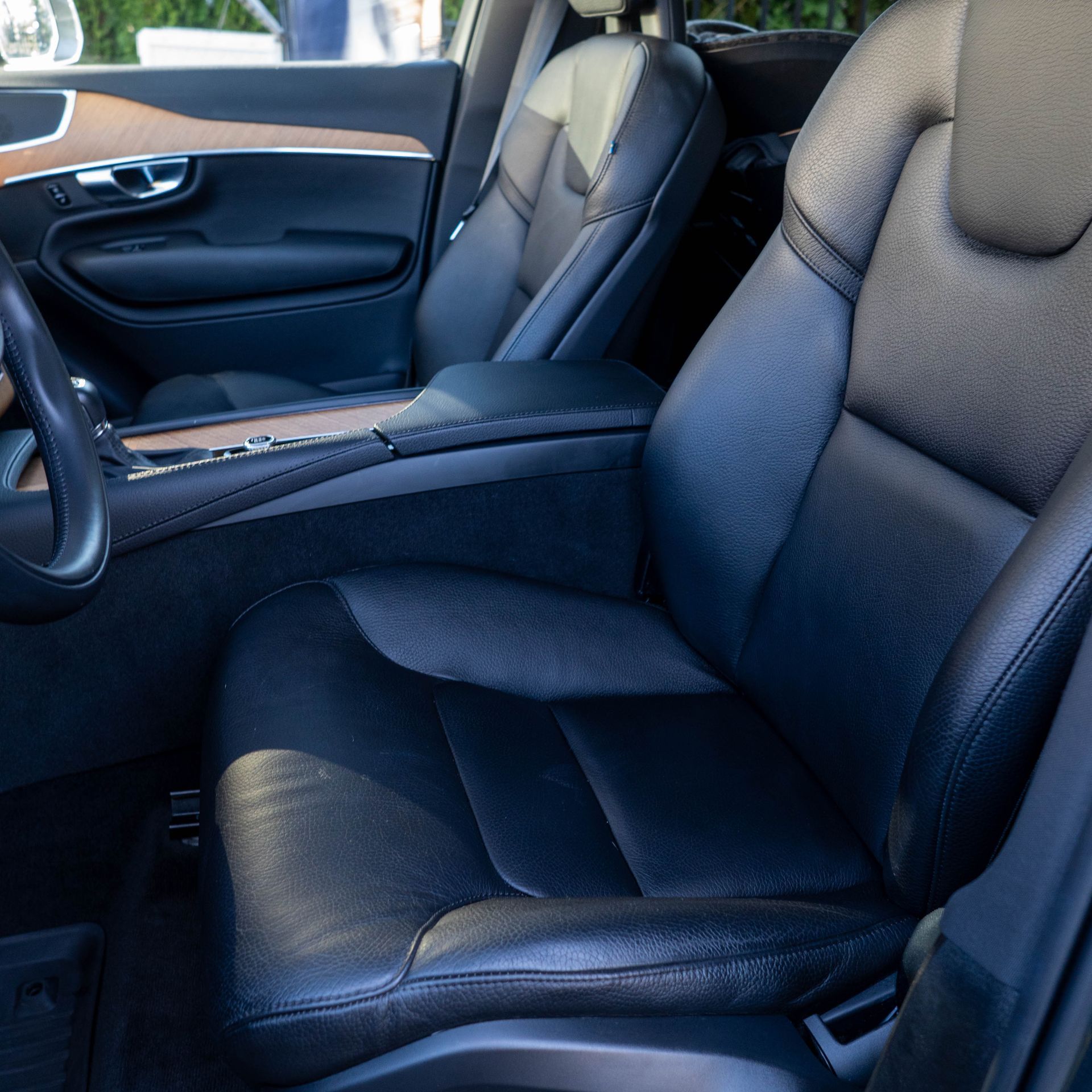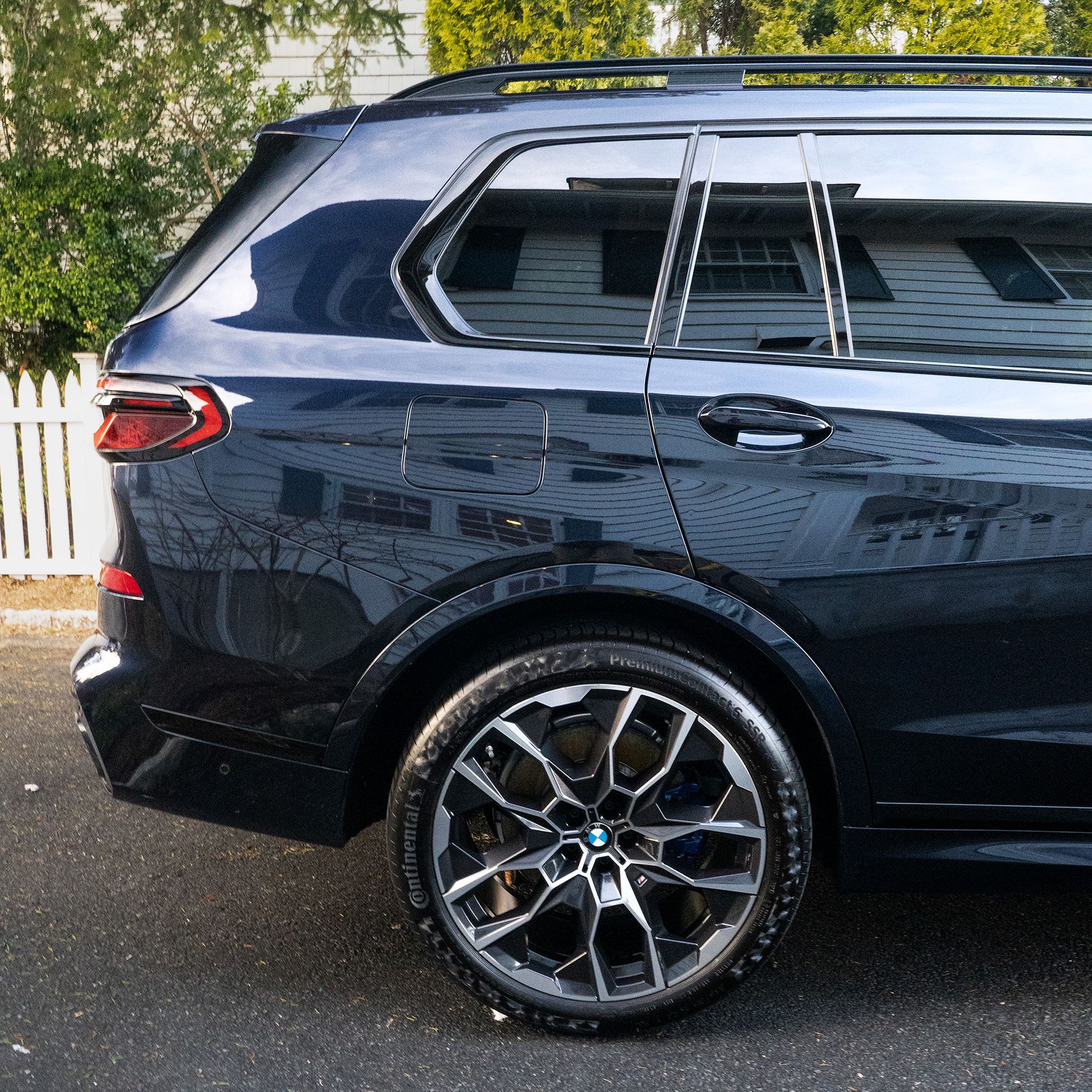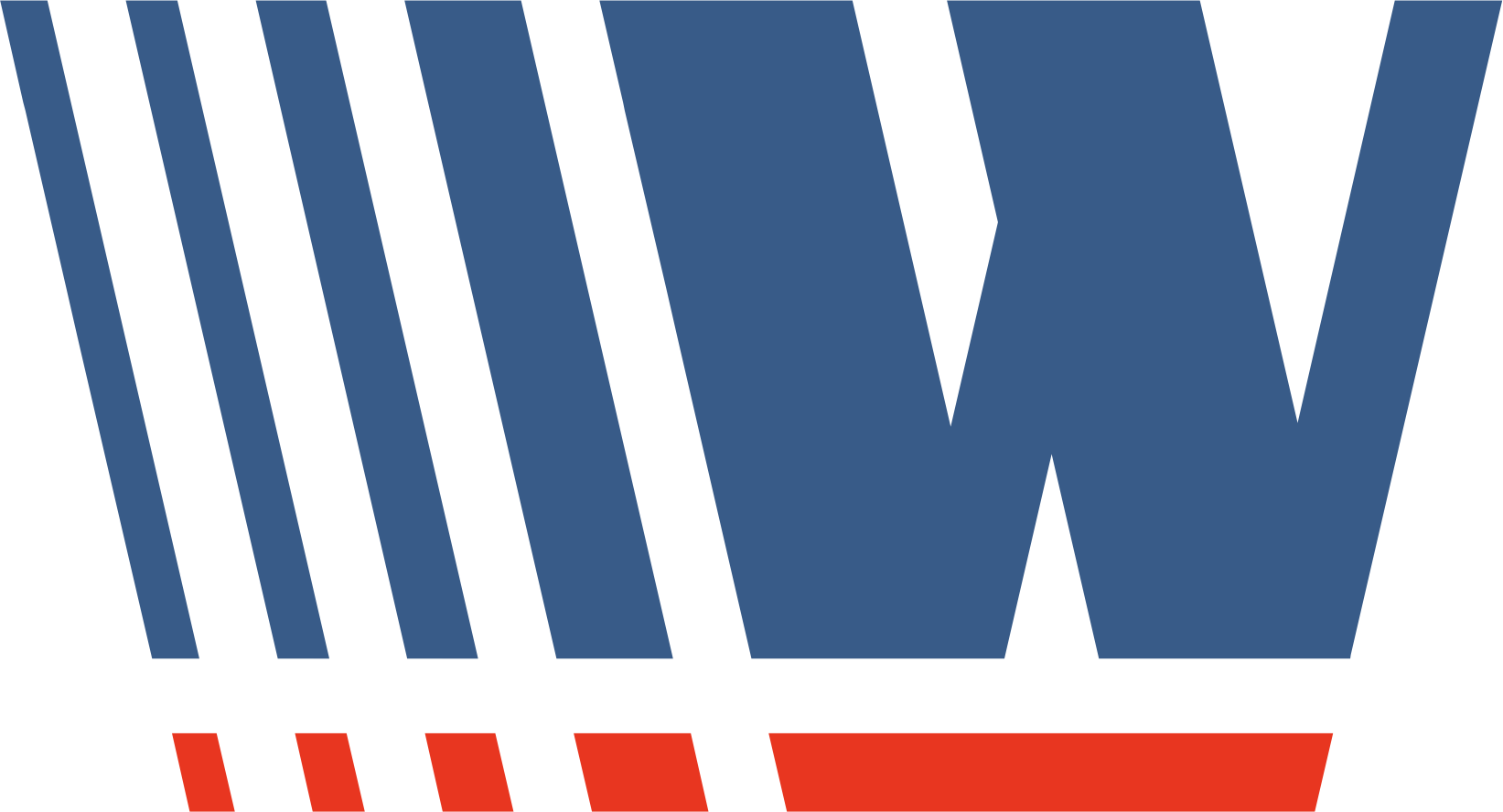Will Paint Correction Fix My Scratch?
August 23, 2023

Scratches are a common problem amongst car owners because of how delicate car paint can be. These imperfections can be caused by anything from kicked up rocks on the road to thorns in the rose bush in your yard. Paint correction is the process that can remove most surface level scratches in your vehicle's paintwork. Scratches can come in a variety of levels depending on how they were introduced and the amount of damage done to the paint.
How does paint correction work to remove scratches from the surface of my car?
While the term 'paint correction' is normally used as a synonym for scratch removal, this process can also remove car wash swirls, sun oxidation and other minor blemishes on the paintwork surface.
A professional detailer is able to remove scratches on the surface of a vehicle's paint by using a machine polisher to spread compound or polish using a specialized polishing pad. The compound or polish used is a special abrasive that levels out the paintwork surface with the friction created by the circular motion of the rotating polisher head. This paint correction leaves a refinished surface ready for exterior protection.
What kinds of scratches can paint correction fix?
While it is difficult to understand the severity of a scratch without a professional consultation by a car detailer, we'll do our best to break it down to get an understanding of how bad the scratch may really be.
Is the paintwork still intact?
If the vehicle's paintwork has scratches that go beyond the clear coat and into the color layer or lower, it may not be recoverable. An example of this may be a corner of your car that has been scratched until the primer or plastic of the bumper, where the clear coat is missing. If there is not enough clear coat left then the scratch cannot be repaired without body work.
Carwash Swirls and Scratches
It can be very difficult to remove 100 percent of car wash swirls. Automatic car washes cause dirt to be spread on the surface of the vehicle in all different directions, causing scratches in every direction that look like spiderwebs, or swirl marks. To effectively remove this, a two-step paint correction is needed, so that a compound can be used to remove the deeper scratches before being followed by a finishing polish to restore the gloss on the surface of the vehicle. In other cases, a single stage paint correction could improve the appearance of these kinds of scratches, leaving some deeper scratches behind, enhancing gloss on the surface of the vehicle.
Deep Contact Scratches
In the cases where your vehicle has been struck by something or impacted by an object, it can be very likely that the scratch will not get fixed. Deep scratches often go through the layer of the clear coat and cause damage that can be improved with paint correction, but not entirely eliminated.
Paint Transfer
When a scratch is caused on the vehicle's paintwork from contact with a painted pole or other vehicle, it can be hard to determine the depth of the scratch underneath the paint transfer without first cleaning it. Often times, paint correction will be needed to remove the transferred paint that has been left on your vehicle.
Small scratches from hand car washing
Even with the right techniques, hand car washing can still cause minor scratches if dirt travels on the surface of the paintwork. These scratches can be removed if the proper lubrication was used on the surface of the vehicle and they are minor.
Is repainting a better option?
As we mentioned earlier, it may be a better option to repaint surfaces where paint correction may not be effective. While paint correction may be able to fix a variety of surface defects, there are limitations to this. A professional detailer or auto body shop is qualified to provide an assessment of the damaged paintwork.
How much does paint correction cost in 2024?
While cost can certainly vary depending on your market, you should expect a minimum of a regular shop rate in your area. For New York state, this starts around $110-150 per hour. Keep in mind that a single stage paint correction can last around 5-8 hours and a multi-stage can range from 8 hours to a few days.
Why is paint correction so expensive?
When you do the math, you might notice that the price of paint correction can be more than you expected. This is because of the amount of hours required to perform the service. Because paint correction requires specialized tools and a multi-step preparation prior to the paintwork even being touched with a polisher, this service starts at a minimum of around $500 for a single stage correction.
How does the cost of paint correction weigh up against body work?
Paint correction is a less invasive procedure than repainting at a body shop. The hours dedicated to each job depends on a case by case basis. We suggest that you get a consultation from a body shop first if the damage seems severe. You can expect to pay the regular automotive shop rate for body work. In the case of repainting, labor is calculated by the amount of hours it would take to sand and refinish the damaged area.
How can I prevent getting scratches on my vehicle in the future?
The best way to prevent scratches on your vehicle is by applying a layer of protection to your paintwork. This can be a ceramic coating, wax, or sealant. All these forms of protection create a barrier on top of the paint layer and can sustain light friction as they create a glossy surface on top of the clear coat. It's important to note that all of these methods are susceptible to scratches, and the best way to prevent scratches entirely is through proactive car care. This includes avoiding car washes, using proper wash methods, using a ceramic coating or paint protection film, using paint protection and storing the vehicle indoors when possible.
Can I fix the scratches on my car on my own (at home)?
While there may be DIY methods to remove scratches available, we do not recommend attempting paint correction and scratch removal at home. The process requires use of abrasives on the surface of your vehicle which can cause complications without the proper training and technique.

